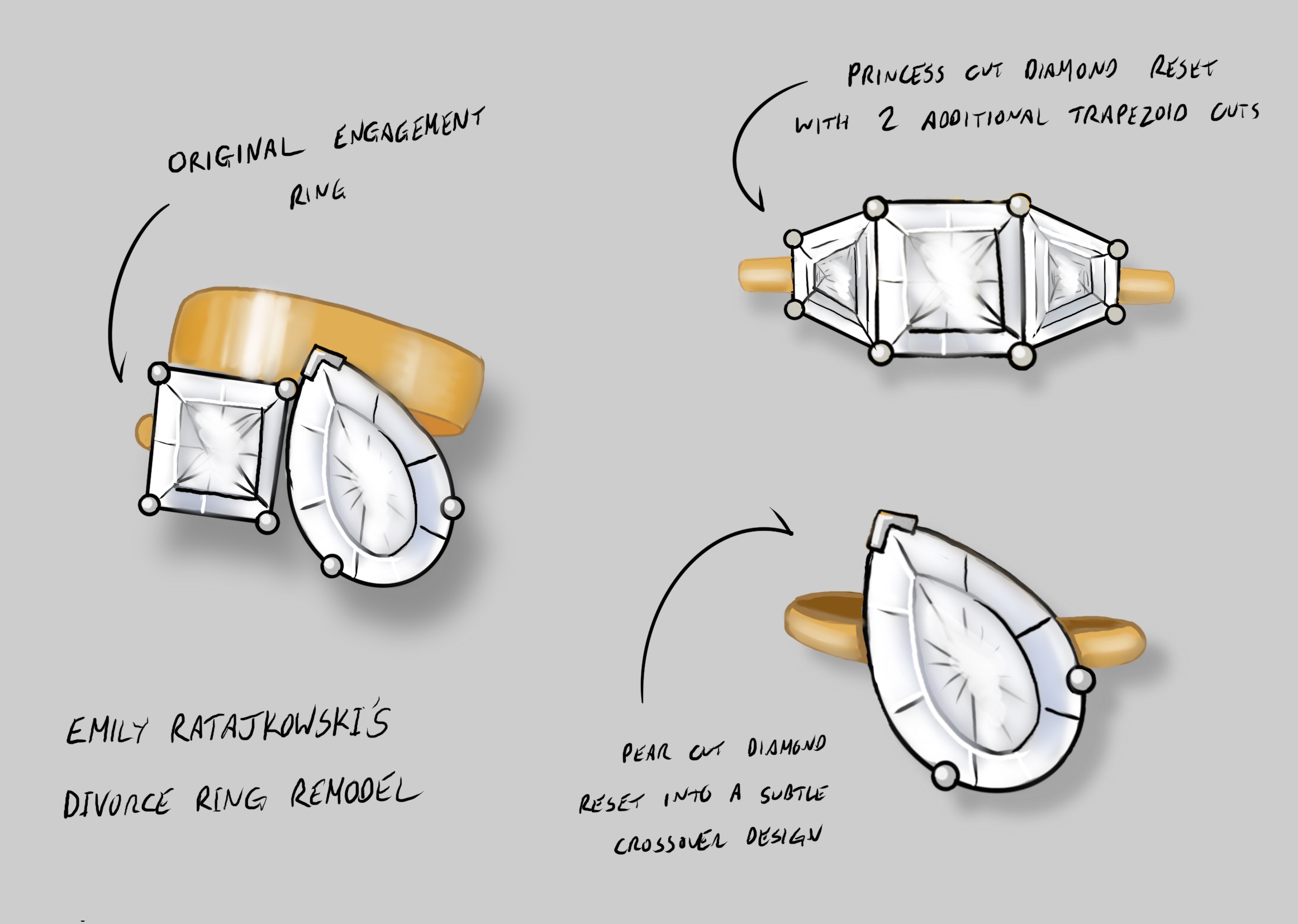
Watermelon Tourmaline
Watermelon Tourmaline Watermelon tourmaline is a captivating gemstone celebrated for its remarkable blend of colours and unique beauty. Belonging to
choose a stone…
choose a setting…
choose a metal…
choose a finish…
…choose ring
21 Meeting House Lane
Brighton East Sussex
BN1 1HB
1273 773 544
21 Meeting House Lane
Brighton
East Sussex
BN1 1HB
Categories:
There are 3 main types of pearls; natural, cultured & synthetic. The differences are as follows:
Natural – Natural pearls are extremely rare. They occur when grit enters the oyster (or mussel) & is then coated with ‘nacre’. This is the same material as the inside of the shell is made from. The oyster does this to protect itself. The nacre then builds up layer by layer to form the pearl. The only true test to distinguish a natural pearl for a cultured one is to have it X-rayed. This is done to determine the nucleaus of the pearl & the formation of the nacres ‘growth rings’. Cultured –The way cultured pearls are formed is the same as natural pearls but there is one main difference. In cultured pearls the process is kick-started by the mollusc being inject with the foreign object (often a spherical bead) to encourage the formation of the pearl.
Synthetic –Some imitation pearls are known as shell pearls. These are made of mother-of-pearl. Others are made from glass and are coated with a solution containing fish scales called essence d'Orient. Lesser quality synthetic pearls are just painted plastic beads. Synthetic pearls rarely have the lustre of natural & cultured pearls & what lustre they do have tends to fade over time.
Pearl facts:

Watermelon Tourmaline Watermelon tourmaline is a captivating gemstone celebrated for its remarkable blend of colours and unique beauty. Belonging to

Transforming Pain into Beauty: The Rise of Divorce Rings In jewellery a Diamond is usually a symbol of love whether

Which finger is the engagement ring worn on? In the UK, as with many other Western countries, an engagement ring
Tel: +44 (0) 1273 773 544
Email: ringdesign@hotmail.co.uk
21 Meeting House Lane
Brighton
East Sussex
BN1 1HB
Open 7 days a week
Mon-Sat: 10:30am – 5pm
Sun: 11am – 4:30pm